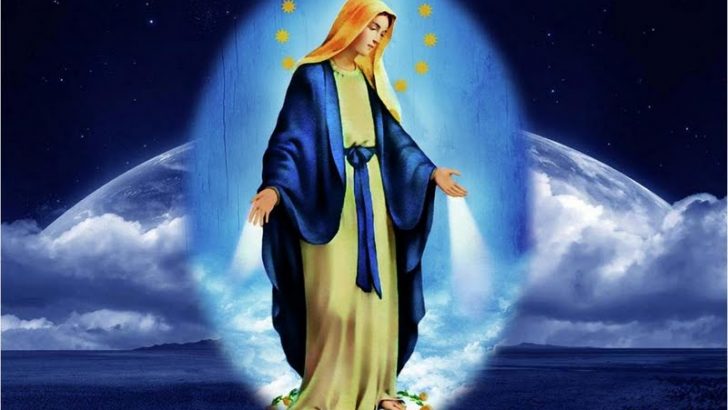The Mary of Scripture and the Mary of Devotions There’s an axiom that says: Roman Catholics tend to adore Mary while Protestants and Evangelicals tend to ignore Mary. Neither is ideal.
Mary, the Mother of Jesus, has, in effect, two histories within Christian tradition. We have the Mary of Scripture and we have the Mary of Devotions, and both offer something special for our Christian journey.
The Mary of Devotions is the more well-known, though mostly within Roman Catholic circles. This is the Mary invoked in the rosary, the Mary of popular shrines, the Sorrowful Mother of our litanies, the Mother with the soft heart through whom we can get the ear of God, the Mary of purity and chastity, the Mother who understands human suffering, the Mother who can soften the hearts of murderers, and the Mother we can always turn to.
Apparitions
And this Mary is pre-eminently the Mother of the poor. Karl Rahner once pointed out that when you look at all the apparitions of Mary that have been officially approved by the Church you will notice that she has always appeared to a poor person – a child, an illiterate peasant, a group of children, someone without social standing. She’s never appeared to a theologian in his study, to a Pope or to a millionaire banker. She’s always been the person to whom the poor look. Marian devotion is a mysticism of the poor.
We see this, for example, very powerfully in the effect that Our Lady of Guadalupe has had on much of Latin America. In all of the Americas, most of the indigenous peoples are now Christian. However, in North America, while most of the indigenous peoples are Christian, Christianity itself is not seen as a native religion, but rather as a religion brought to the native peoples from elsewhere. In Latin America, in every place where Our Lady of Guadalupe is popular, Christianity is seen to be a native religion.
But piety and devotions also run the risk of theological sloppiness and unhealthy sentimentality. That’s the case too with the Mary of Devotions. We’ve tended to elevate Mary to divine status (which is simply wrong) and we have far too often encrusted her in so much piety that she, the Mary of Devotions, cannot possibly be the same person who wrote the Magnificat.
The Mary of Devotions is often so enshrined in piety, over-simplicity and asexuality that she needs to be protected from human complexity. Still, the Mary of Devotions offers us a lot vis-à-vis our spiritual journey.
Much more ignored is the Mary of Scripture and the role the various Gospels assign to her.
In the Synoptic Gospels, Mary is presented as a model of discipleship. More simply, she’s shown to us as the one person who gets it right from the beginning. But that isn’t immediately evident. On the surface, the opposite sometimes seems to be the case. For example, on a couple of occasions as Jesus is speaking to a crowd he is interrupted and told that his mother and his family are outside wanting to speak to him. His response: “Who are my mother and who are my brothers and sisters? It’s those who hear the word of God and keep it.”
In saying this, Jesus isn’t distancing his mother from himself and his message, the opposite. Before this incident is recorded in the Gospels, the evangelists have been very careful to point out that Mary was the first person to hear the word of God and keep it. What happens here is that Jesus singles out his mother first of all for her Faith, not for her biology. In the Synoptic Gospels, Mary is the paradigm for discipleship. She’s the first to hear the word of God and keep it.
John’s Gospel gives her a different role. Here she’s not the paradigm of discipleship (a role John gives to the Beloved disciple and to Mary Magdala) but is presented as Eve, the mother of humanity and the mother of each of us. Interestingly, John never gives us Mary’s name, in his Gospel she is always referred to as “the Mother of Jesus”.
In this role she does two things: first, she gives voice to human finitude, as she does at the wedding feast of Cana when she tells her son (who is always divine in John’s Gospel) that “they have no wine”. In John’s Gospel, this is not just a conversation between Mary and Jesus; but also a conversation between the Mother of Humanity and God.
Secondly, as Eve, as universal mother and as our mother, she stands in helplessness under human pain and within human pain when she stands under the cross. In this, she shows herself as universal mother but also as an example of how injustice must be handled, namely, by standing within it in a way that does not replicate its hatred and violence so as to give it back in kind.
Mary offers us a wonderful example, not to be adored or ignored.


 Fr Ronald Rolheiser
Fr Ronald Rolheiser
